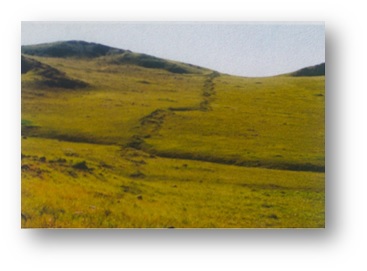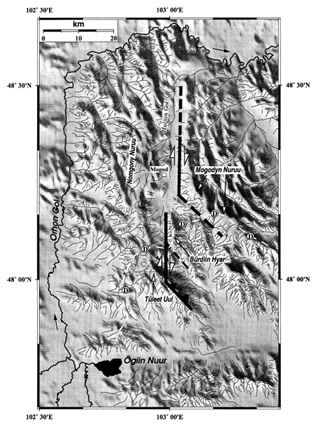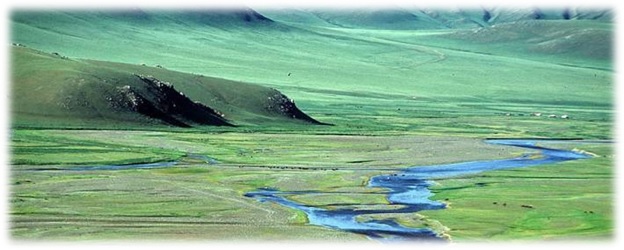The field-excursion: July 23-26, 2017
The field section “Field-excursion at Mogod active fault area” (Earthquake 1967/01/05, Mw=7.1) will be held at Mogod soum, Bulgan province, Mongolia at the distance 400km between 23 and 26 July, 2017.

The 1967 Mogod earthquake (Mw 7.1) is the largest to have occurred in Mongolia since the installation of theWorld Wide Standardized Seismograph Network (WWSSN) in the early
1960s. The 1967 January 5 Mogod main shock (Mw 7.1) and its principal aftershock of January 20 (Mw 6.4) occurred east of the Hangay dome in central Mongolia (Fig. 1), a site of significant Quaternary volcanism./A re-assessment of the faulting in the 1967 Mogod earthquakes inMongolia A. Bayasgalan and J. A. Jackson /

Figure 1. General topography and drainage pattern ofMogod and the surrounding area. The white line marked D is the drainage divide separating the small internally draining basin to the south from drainage which £ows north to Orhon Gol. The main coseismic ruptures in the 1967 earthquakes are shown as bold lines. Other possible thrust faults are shown as dashed lines. /A re-assessment of the faulting in the 1967 Mogod earthquakes inMongolia A. Bayasgalan and J. A. Jackson /
The accommodation will be in a field campus, which allow you enjoying Mongolian untouched nature.
We will also visit the historic place of the Orkhon Valley Landscape.

We will also visit the historic place of the Orkhon Valley Cultural Landscape.
Orkhon Valley Cultural Landscape
The 121,967-ha Orkhon Valley Cultural Landscape encompasses an extensive area of pastureland on both banks of the Orkhon River and includes numerous archaeological remains dating back to the 6th century. The site also includes Kharkhorum, the 13th- and 14th-century capital of Chingis (Genghis) Khan’s vast Empire. Collectively the remains in the site reflect the symbiotic links between nomadic, pastoral societies and their administrative and religious centres, and the importance of the Orkhon valley in the history of central Asia. The grassland is still grazed by Mongolian nomadic pastoralists.




